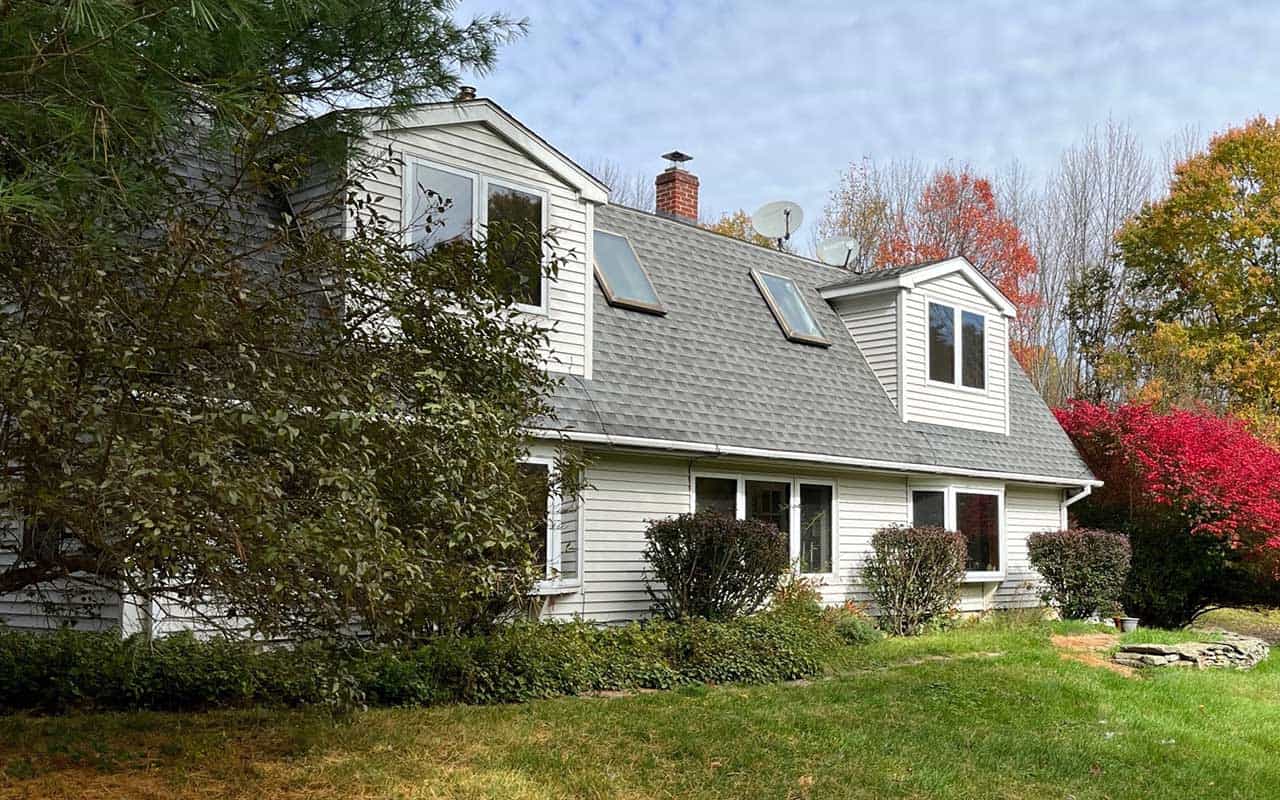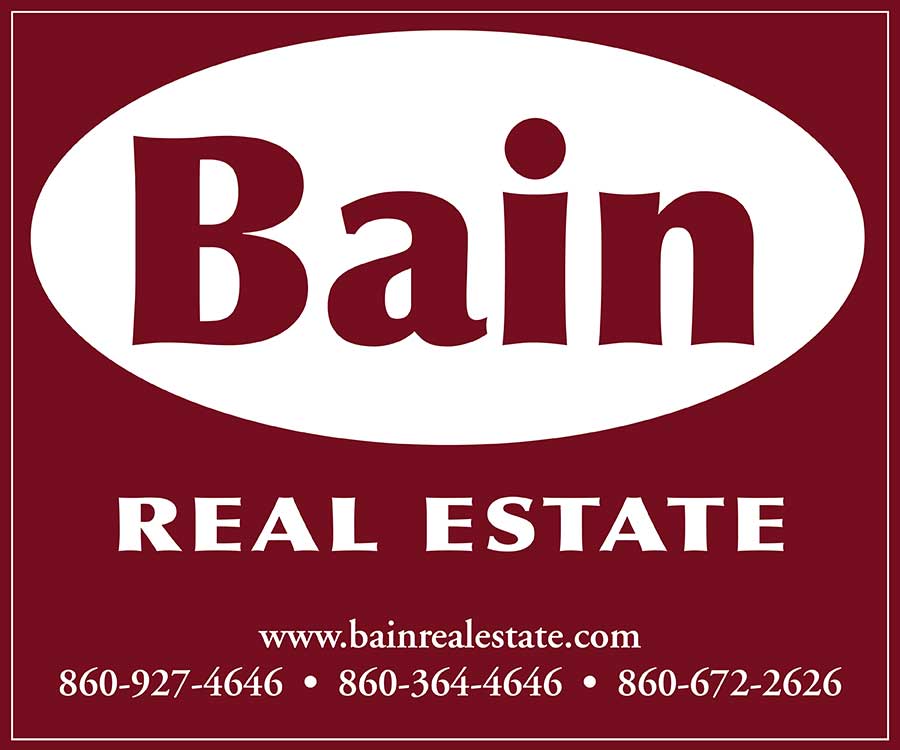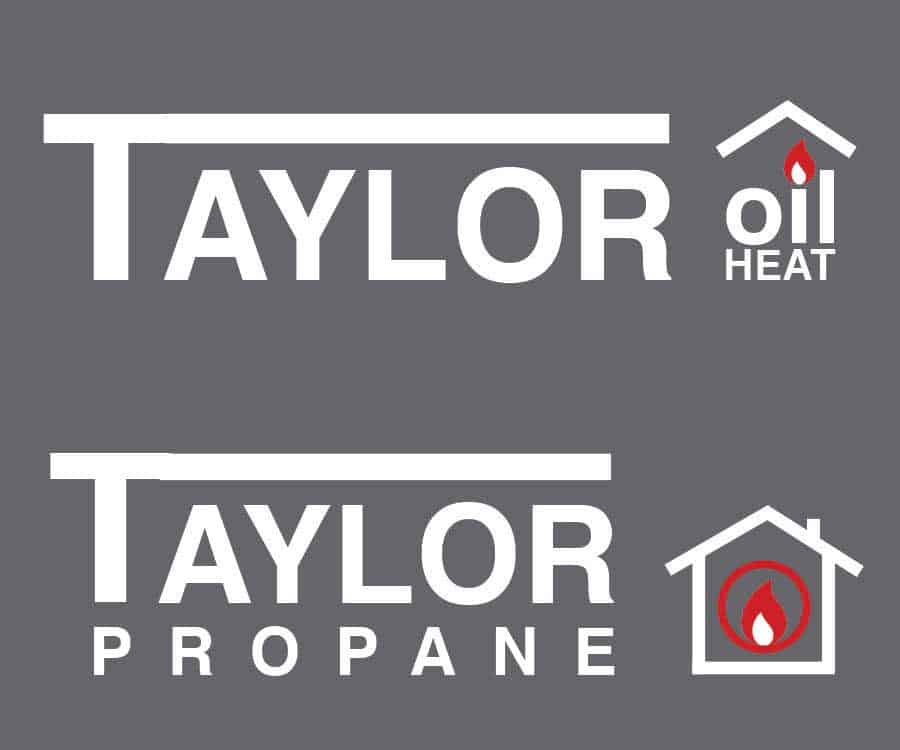Real Estate

New York State Property Taxes – What to Know About Assessments
It’s happening again. Revaluation is increasing assessment values based on top of the market sales. What’s worse is that people don’t know how much their taxes will be until county and school budgets are finalized months from now. This month’s real estate feature will try to explain the complex assessment process in New York. Each state has different rules and methods; however, the underlying principle is the same – to treat all property owners fairly for tax purposes by adjusting property assessments to recent market data.
Property owners in Ancram are furious. In early March they received a notice in the mail from the town’s assessor, Rene De Leeuw, that a revaluation of the town’s parcels had been completed and that their property assessment had been reviewed and revised. How much is owed in property taxes is based on the assessed value of the property times the tax rate of the town, the school district, and the county. Some Ancram taxpayers are receiving new taxable assessed values tripling the assessed value of their properties. (See photo above – full disclosure this house belongs to the grumbling author of this article.)
Listen to the grumbling over coffee in Ancram’s Little Store. “I can’t afford to stay here when I retire. Where will I go?” “The town is trying to get rid of local people. They want this to be the suburbs.” “New Yorkers moved in and drove up real estate prices.” “My landlord is going to sell because the taxes are going to go up so much it doesn’t make sense to rent.”
In tiny Ancram the increased assessments are especially large because no revaluation has been done in over 15 years, and real estate prices in the last three years have increased dramatically because of COVID and remote working.
Will taxes go up?
To be clear, the assessors for each town merely adjust the assessed values of tax parcels to market rates. The amount of taxes to be paid by an individual property owner is determined by how much each taxing authority spends – the budget for the town, the county, the school district, and the fire district. In Ancram for example, the town tax rate will be reduced from 2.4 mills to 1.4 mills to reflect the increased value of all taxable properties – roughly 60%. This means that as long as the new assessed value on the property doesn’t increase by more than 60%, its taxes will remain about the same. But for owners who saw their property values more than triple, their property taxes could double. And the new rates for the county and school district are yet to be determined.
Where did these numbers come from?
A revaluation is expensive and time consuming to conduct. Ancram’s was delayed by COVID, lack of personnel, and funding shortages. Last summer employees of the county visited every Ancram parcel and took measurements and photographs. Specialized consultants then reviewed town sales records for the last three years, crunched data on lot size, building size, condition, age, and location. A preliminary value for the land, and a total value of the property were calculated. For example, a small lot will be assessed at more per acre than a parcel with ten acres. A house will be largely valued on its square feet, the number of bedrooms and bathrooms, condition, age, and improvements. Recent sales in the neighborhood will also affect the assessments. In the case of Ancram, the revaluation is based on “good” sales in the town for the last three years. Good sales exclude estate sales, foreclosures, and other sales the assessor deems unrepresentative of the market.
Assessments can change year to year
Buyers always ask if they pay more than the assessed value of a house will the assessment be changed and increase the taxes? A periodic revaluation of all properties, like Ancram’s, reviews all assessments in the town because of higher sales prices. However, annually, assessors look at sales activity and determine whether a non-appraisal reassessment should be made to adjust an entire neighborhood based on recent sales activity that seems out of line with the rest of the town.
Assessors may also increase assessments based on documents filed with building permits. Did you build a whole new house? Did you add a bathroom, an addition, a swimming pool, or make general improvements which would increase your assessment? Perhaps you tore down a building which might reduce your assessment. A revised assessment will reflect these official changes to the property between revaluations.
How can owners protest?
Property owners can discuss the amount of their property’s assessed value with their town’s assessor at any time by requesting an appointment at the town hall. Assessors are numbers and fact driven so be prepared. Begin by examining the details included in your property description report. These are publicly available on every parcel. In Dutchess County look online at gis.dutchessny.gov/parcelaccess and search by name of owner, address, and parcel number. Similarly in Columbia County just Google sdg Ancram.
Examine each element of the property description. Is the property classification correct? Are you a one family, or a two family, etc. Is the total acreage correct? If you have a recent survey the acreage may be different from the information on the books. Likewise, is the square footage of your house correct? Do you have a fireplace or a swimming pool? Are room descriptions accurate? Is the purchase price right?
The most important part of the argument is to present the fairness of the assessment. This involves research and analysis of neighboring properties. It is the same exercise that an appraiser might conduct for a bank or for estate purposes. Compare the important characteristics of your property with neighboring parcels that use the same public tax records. For example, you might notice that your neighbor has the same size lot but a very different land assessment or that the huge house down the road is assessed much less on a square foot basis than your own. For the assessor, comparable sales within the neighborhood are also an important gauge. Gather recent sale information and compare your property’s location, condition, age, square feet, and improvements with those properties. This information is available online at real estate sites by searching for recent sales.
You could also ask a real estate agent to prepare a comparative market valuation of your property. What is your house actually insured for? If you are not a number cruncher you can retain an appraiser to value your property. Don’t forget to mention negatives the assessor might not be aware of like restrictions on dividing the property, wetlands, power lines, road noise, etc.
Your approach to the assessor should be professional and cooperative. Work with the assessor to find a fair assessment based on facts. Emotional arguments like, “I can’t afford this” or “This is wrong, I just know it” should be avoided. Using an attorney at this stage is usually unproductive and expensive.
Exemptions can help
While you’re at the assessor’s office ask about any tax exemptions you might be qualified to receive. Your assessment, and consequently your taxes, could be reduced by a veteran’s, senior, or disabled exemption – all calculated by the assessor based on a complex mix of age, income criteria, and even combat duty.
If you have seven acres or more of land that is used for agricultural purposes, you could be entitled to an “ag exemption,” which would reduce your assessment and taxes. In New York this must be applied for annually with the assessor. Another New York program, the 480a, which can also reduce your assessment, applies to 50 or more acres of forest land owned by the same entity. Remember that parcels under conservation easement are not entitled to reduced property assessments.
Middle-class taxpayers are entitled to receive reductions in local school taxes from STAR, the School Tax Relief Program. All New York taxpayers are eligible for this program on their primary residence. You need to provide a record of taxable income to the assessor and register to receive this benefit, which will not affect your assessment just reduce your school taxes. The size of the benefit will vary based on income, the cost of the property when it was purchased, and the school district. In fact, according to Crain’s New York, even Donald Trump took advantage of STAR on his NYC penthouse, saving him about $350 in taxes annually.
Grievance Day
By law in New York, there is one day a year, usually the fourth Tuesday in May, when you can formally “grieve” your tax assessment. The Board of Assessment Review, five town residents appointed by the town, meets to hear why you think your assessment and your taxes should be less. Again arguments that are successful are based on factual market and property conditions, and all your arguments should be documented on paper. Form RP-524 must be completed in advance, including the basis for the complaint: unequal assessment, excessive assessment, unlawful assessment, or misclassification. Members will examine the information and make a decision.
Tax Certiorari
If after research, arguing to the assessor and the Board of Assessment Review fail to significantly lower your assessment, you can take the town to court in a process known as Tax Certiorari. Over 100 condo owners at the Silo Ridge Club are individually suing the Town of Amenia arguing their tax assessments should be reduced. This route requires the assistance of an attorney who will present arguments in the Supreme Court of the State of New York in Dutchess County. One case that started in 2019 was not decided until 2022, but if you are complaining about an $8,000,000+ assessment it could be worthwhile.
Alternatively, you can request a small claims assessment review, which is less costly and time-consuming and does not require an attorney. The instructions to file may be found at nycourts.gov/LegacyPDFS/LITIGANTS/scar/SCAR-genInfo-in-NYC.pdf.
The assessment game
Assessors and the county and state do their best to come up with assessments that are fair to everyone, but owners often have a different view. The owner of a Westchester golf club began fighting the tax assessment on his property in 2015, seeking a 90% reduction on a golf course valued at $50,000,000 in financial statements. A settlement was finally reached in August 2021, reducing the tax liability by 32%. In addition, the owner received a retroactive tax refund of $860,965 from the Briarcliff Village and School District, the town of Ossining, and Westchester County. The impact of this adjustment will increase everyone else’s taxes. •
Christine Bates is a registered real estate agent in New York and Connecticut with William Pitt Sotheby’s. She has written about real estate and business since Main Street Magazine’s first issue in 2013.






